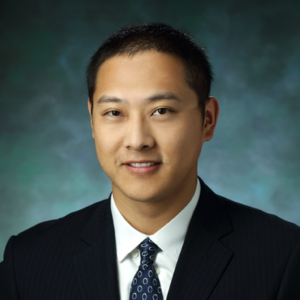Title : Pathogenic ?-synuclein cell-to-cell transmission mechanism and related therapeutic development
Abstract:
α-Synucleinopathies is characterized with accumulation of misfolded α-synuclein (α-syn), including Parkinson’s disease (PD), Dementia with Lewy Bodies (DLB), and Multiple System Atrophy (MSA). Emerging evidence indicates that pathogenesis of α-synucleinopathies may be due to cell-to-cell transmission of prion-like preformed fibrils (PFF) of α-syn. We identified several receptors (Lag3, Aplp1, neurexins) that specifically bind with α-syn fibrils but not α-syn monomer. Lymphocyte-activation gene-3 (Lag3) exhibits the highest binding affinity with α-syn fibrils, and α-syn fibrils binding to Lag3 initiated pathogenic α-syn endocytosis, propagation, transmission, and toxicity. Lack of Lag3 (Lag3-/-) substantially delay α-syn PFF-induced loss of dopamine neurons, as well as biochemical and behavioral deficits in vivo. To determine the neuronal Lag3 and the function in mediating α- synucleinopathies in vivo, we obtained the neuronal Lag3 conditional knockout mice (Lag3n-/-) and found that Lag3n-/- can significantly reduce the behavioral deficits induced by α-syn PFF. Furthermore, we have generated the human dopamine neurons derived from induced pluripotent stem cells (iPSCs) and successfully generated the α-syn PFF model in human neurons. Moreover, we determined the LAG3 expression in human neurons. The LAG3 expression can be up-regulated by progerin, an aging inducer, and the higher LAG3 expression has been confirmed in aged mice compared to young mice. LAG3 inhibitors (anti-LAG3, compound) can inhibit the endocytosis of α-syn PFF and subsequent α-syn pathology propagation and toxicity. The identification of Lag3 that binds α-syn PFF provides a target for developing therapeutics designed to slow the progression of PD and related α-synucleinopathies.
What will audience learn from your presentation?
• The molecular mechanism of pathogenic α-syn cell-to-cell transmission via LAG3
• LAG3 related therapeutic development against Parkinson’s disease and related α-synucleinopathies
• LAG3 antibody has been approved for cancer therapy, which encourage the application development in neurodegenerative disorders


